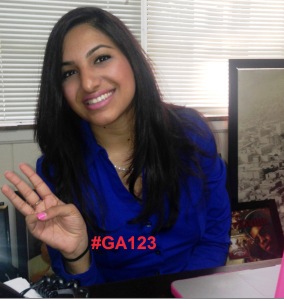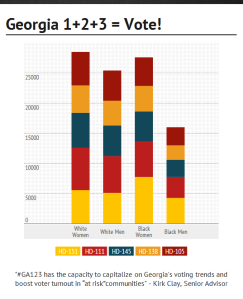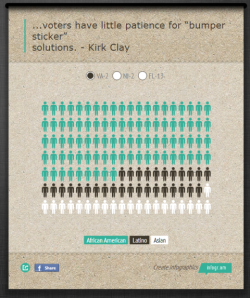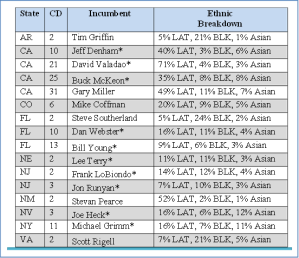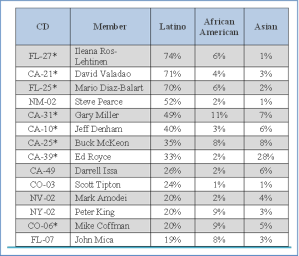Opportunities to Effect Change
This is a multi-entry blog about the American Rising Electorate, authored by a Sr. Advisor, Analyst, and Strategist (#PoppingTheCLUTCH).
In the end, this is a blog about opportunities, as well as strategies for engaging “communities that share the same interests” and ways to encourage them to become a part of the solution through donations, volunteering, social, academic, and civic engagement. Although this blog pulls from my experiences in the organizations listed below, in no way does that render our model ineffective for other non-profits, charitable institutions, businesses, government agencies, or for-profit institutions. Truthfully, I’ve witnessed these strategies effectively applied in just about every organization and effort conceivable. I learned these strategies while working for the institutions listed below and each provided me a unique set of issues, demographics, geographies, and resources to pull from.
Within these organizations we will explore the nuances of “non-ethnic” vs “authentic” engagement tactics and learn if they work or not. We believe the problem a current collaborative faces is that they’re one-dimensional in their approach. Their work is based on an assumption that “non-ethnic” civic behavior is the standard. Therefore, the behavior of people of color is viewed as “deviant” versus being understood as behavior rooted in and reflective of a different set of values, beliefs, experiences and world view.
One problem with this approach is that we fail to recognize opportunities to understand the complex nature of political behavior by people of color. This makes it difficult to learn from experiences that vary from the so-called standard and that makes it almost impossible to put into practice policies that will empower the progressive community to move forward. Instead, we waste time on forcing a square block into a round hole. We direct resources to develop programs, services, methods and frameworks that ultimately do not deliver the desired outcome and do not develop leaders of color who speak the language of the desired voter. Our approach is different and the blog that I have chosen to write will be rooted in our experiences and presented within that context.
Before yours truly arrived in this town, I had no idea that I would become a Sr. Advisor, Analyst or a Strategist. In fact, I came to Washington more than 20 years ago as an intern in the office of Presidential Personnel. Functioning as an intern at the White House not only expanded my capabilities but also set in motion a series of experiences that laid the foundation for what would become the opportunity of a lifetime. As a result of that opportunity I became a Sr. Advisor for PowerPAC+ where I was groomed to be a political tactician. While there, we perfected our work to transform the nescient “Rising American Electorate” to what is now a driver of American politics. This blog gives an account of that conversion and in what way our approach shaped it.
Our methodology was cultivated by way of my personal journey, from the White House, People For the American Way, National Coalition on Black Civic Participation to Common Cause, the NAACP, A. Philip Randolph Institute, the Tavis Smiley Foundation, Maryland Leads and PowerPac+. The tactics learned in these organizations consequently develop into a point of reference for most of our handiwork through the decade. Throughout my time in Washington, I’ve toiled and tinkered with many strategies, methods, and systems to create a structure to hang our ideas on while we refine and develop innovative ways to edify the models. Within PowerPAC+, there were five people in particular who were significant in advancing these ideas. At the NAACP there were dozens of leaders, members, activists, unit leaders, state presidents, and board members — including individuals whose anecdotes are recounted later in this blog. Note that each and every one played an important part, especially the board of directors for the National Coalition on Black Civic Participation and people I regard as friends, they were all ground-breaking innovators who molded these theories and efforts. It is our aspiration that over the course of the next several months you will find something in our learning to help you connect with the information and resources you need to support and further your mission.
###
Kirk Clay is a partner at Capitol View Advisors — a collaborative acting on its values in creative and strategic ways to connect communities with the information and resources they need to support and further their aspirations.


